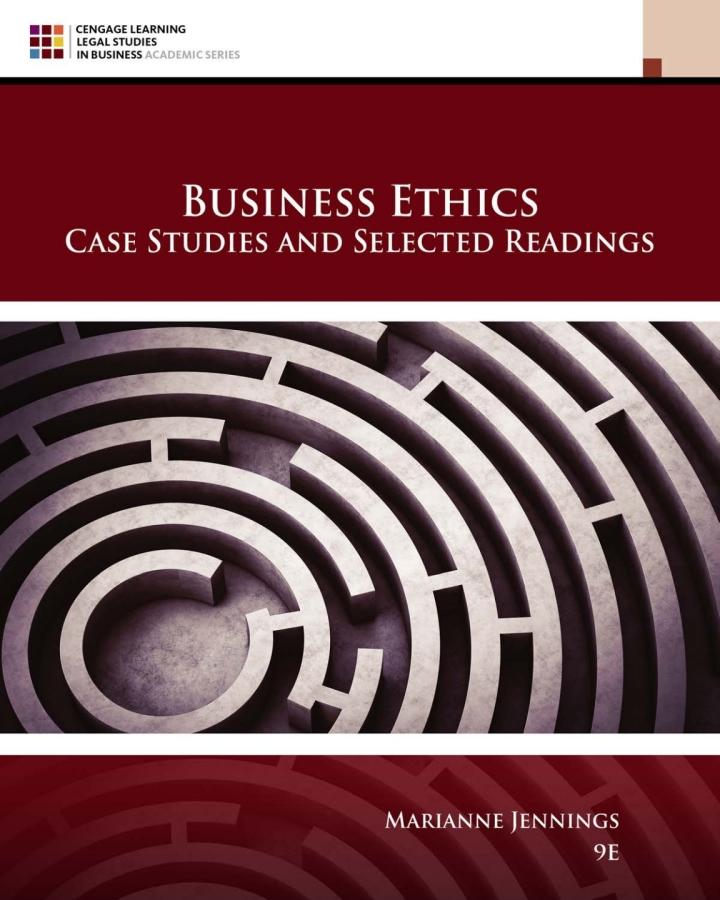Electronic Arts, Inc., a video company, had developed football and college video games. However, many of the
Question:
Electronic Arts, Inc., a video company, had developed football and college video games. However, many of the players in the video games seemed to be images and likenesses of actual college athletes who had played in college bowl games. \({ }^{58}\) The NCAA holds the licensing rights for all college teams, in terms of shirts, souvenirs, etc. through its wholly owned subsidiary, Collegiate Licensing Company. EA paid the NCAA royalties for the use of the college player logos and images. In addition, the NCAA earns revenues from television networks as part of the contracts it holds with networks for broadcast of college football and basketball games, including end-of-season bowl games. College athletes brought a class-action suit against the NCAA, EA, and Collegiate licensing for their use of their likenesses or images for commercial gain without their knowledge or permission.
In that suit, known as the O'Bannon case (former UCLA basketball star, Ed O'Bannon, is the lead plaintiff), college athletes sought a portion of the television revenues that the NCAA earns as part of the contracts it holds with networks for broadcast of college football and basketball games, including end-of-season bowl games. The NCAA took that case to trial because of what it says is a fundamental characteristic of college sports-that the athletes participating in the games are amateur athletes. The NCAA argued that paying the student-athletes a portion of their revenues would change the character of college sports. The expert witness for the student-athletes described the NCAA as a powerful, profit-driven "cartel" because it controls which schools are members and what student-athletes can do if they want to remain on NCAA teams. Mr. O'Bannon has testified, "I was an athlete masquerading as a student. I was there strictly to play basketball."59 He said that decisions about his major and classes were made for him in order to work in the \(40-45\) hours per week that he devoted to basketball. Because of all that work, and being like an employee, he and the other plaintiffs have asked for a share of the revenues made as a result of their efforts. The NCAA, along with EA and Collegiate Licensing, settled the lawsuit for \(\$ 20\) million. As part of the settlement, the NCAA granted any athletes who receive a portion of the settlement funds an exemption or waiver from its policy that student-athletes lose their eligibility if they accept compensation during their college years. The bottom line of the eventual settlement of the cases was the the NCAA had the right to limit compensation to student-athletes as a way to protect the amateur quality of college sports, but the NCAA could not use the names, images, and likenesses of the players for commercial gain. The result is that the sponsors of NCAA sports cannot use pictures or images of the college players. Buffalo Wild Wings received permission from 23 colleges and universities to use their logos. Pizza Hut hired former Duke player Grant Hill for its Pie Tops sneakers ad. But, you will not see any college players in any ads or video games........
Discussion Questions
1. Explain the legal basis for the suit over the video game revenues 2. Discuss the ethical issues on the NCAA decisions.
Step by Step Answer:

Business Ethics Case Studies And Selected Readings
ISBN: 9780357453865
9th Edition
Authors: Marianne M. Jennings





